World’s Most Dangerous Cheeses That Should Come With a Warning
Cheese is usually the definition of comfort, melting on pizza, topping crackers, or eaten straight from the fridge at midnight. But not every cheese is comforting. Some have earned a reputation for being a little extreme, whether it’s because of their smell, texture, or the way they’re made. Here’s a look at the most alarming cheeses known to exist, each one walking a fine line between tradition and risk.
Casu Marzu (Italy)
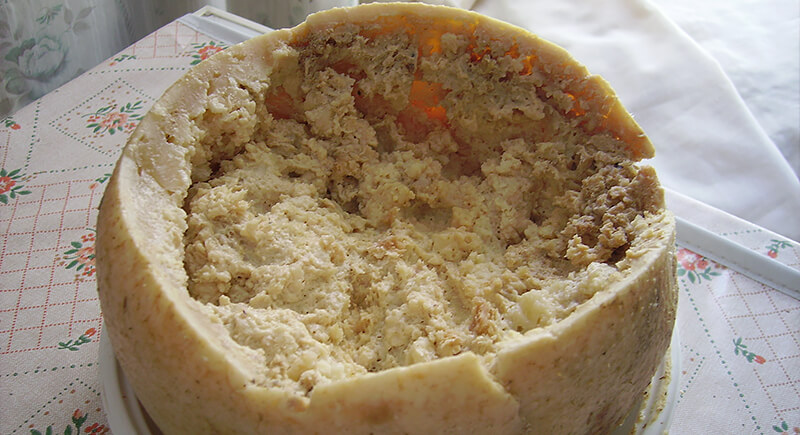
Credit: Wikimedia Commons
This Sardinian cheese has a live surprise inside: maggots. Makers allow cheese fly larvae to burrow into Pecorino, digesting the fats into a gooey, spreadable interior. The EU banned it, but locals still enjoy it. Guinness World Records once named it the most dangerous cheese in the world.
Milbenkäse (Germany)
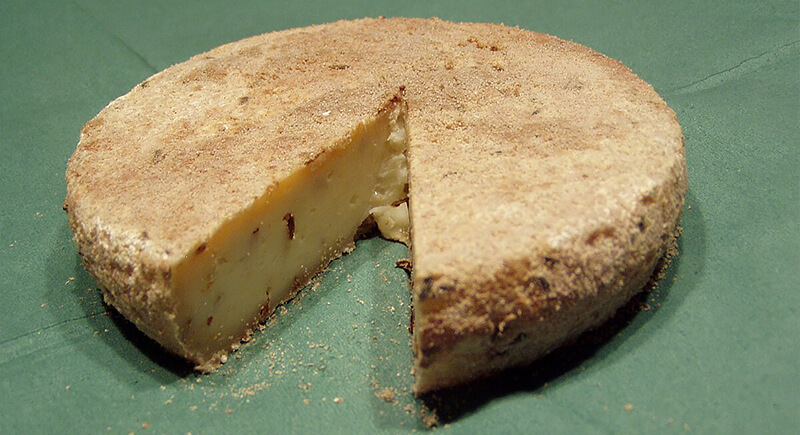
Credit: Wikimedia Commons
Milbenkäse is a rare cheese from Würchwitz, Germany, aged in a way that few would dare try. During ripening, thousands of tiny cheese mites feed on the surface of Quark, releasing enzymes that transform it over several months. The finished cheese is eaten with the mites still on it, giving it a sharp, bitter flavor and a distinctive crunch.
Epoisses de Bourgogne (France)

Credit: Wikimedia Commons
Époisses de Bourgogne is one of France’s most infamous cheeses, known for a smell so strong it’s often said to be banned from public transport. Its orange rind comes from regular washes in Marc de Bourgogne, a local brandy that helps develop its sticky surface and intense aroma. The distinct scent is thanks to Brevibacterium linens, the same bacteria responsible for human body odor.
Blue Cheese Made With Unpasteurized Milk
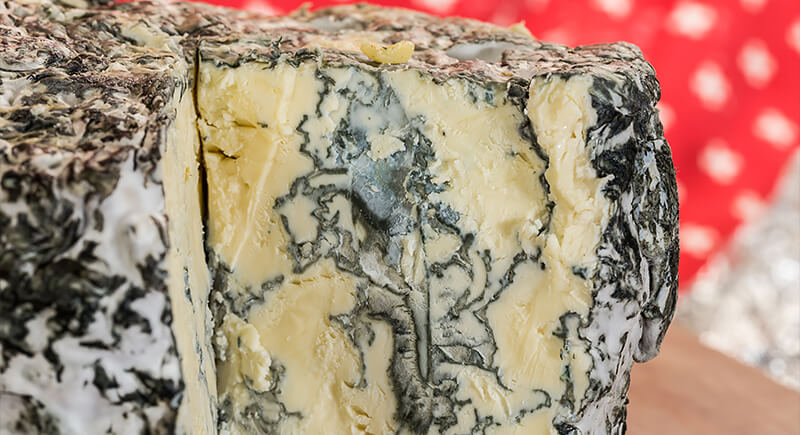
Credit: Wikimedia Commons
Certain blue cheeses, such as Roquefort or Gorgonzola, pose risks for pregnant individuals, infants, and those with weakened immune systems. That’s because they often use unpasteurized milk, which increases the chance of harboring Listeria. This bacterium can cause severe illness.
American Cheese Slices
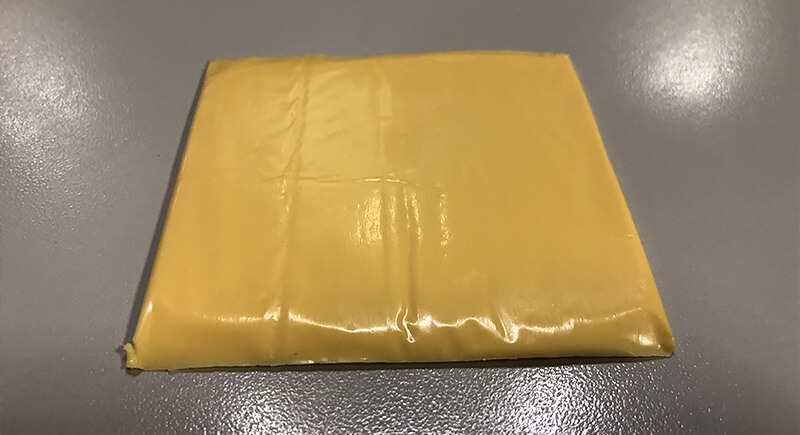
Credit: Wikimedia Commons
Pre-packaged “cheese products” like Kraft Singles aren’t fully cheese. The FDA requires only 51% actual cheese in the mix. The rest? Fillers like milk protein concentrate, emulsifiers, and preservatives. While not dangerous in small amounts, frequent consumption can contribute to high sodium intake and exposure to controversial additives.
Halloumi (Cyprus)
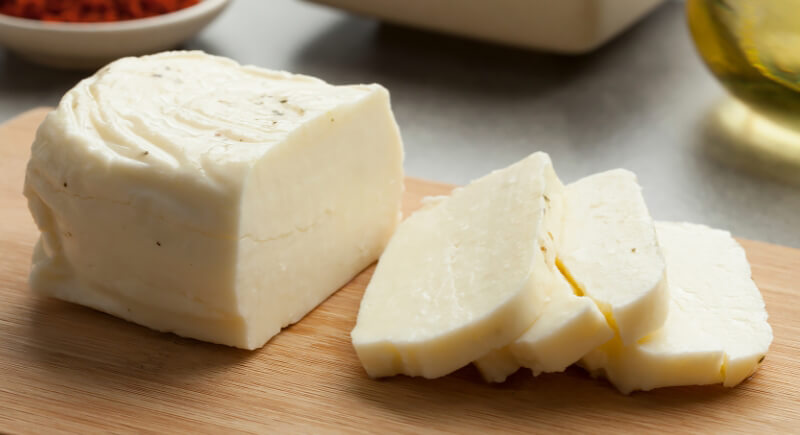
Credit: Getty Images
Halloumi’s squeaky texture and grill-friendly qualities made it a trendy choice worldwide. Yet, it’s incredibly salty, with sodium levels high enough to concern doctors. A small 30-gram slice can contain nearly a gram of salt. If grilled or fried, the fat content increases sharply.
Spray Cheese (USA)

Credit: Wikimedia Commons
Spray cheese, the canned version of cheese spread, is made to be easy rather than authentic. It contains a mix of cheese solids, emulsifiers, and preservatives that keep it soft and squeezable. While quick to use, its additives—including sodium phosphate—make it one of the least wholesome ways to enjoy cheese.
Limburger (Belgium/Germany)
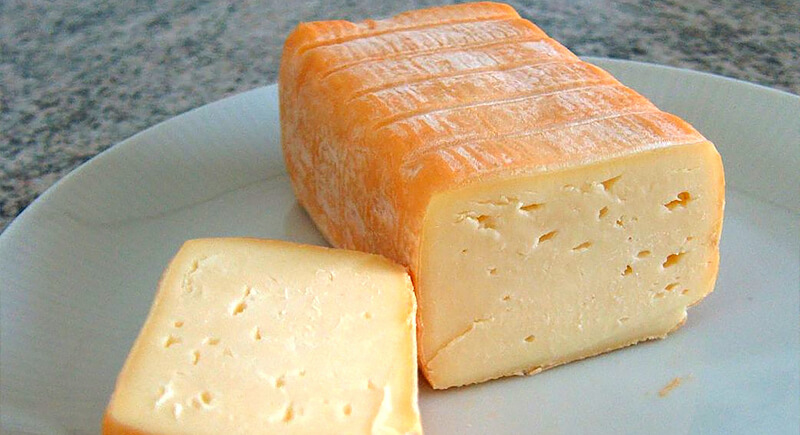
Credit: Wikimedia Commons
Limburger is famous for its aggressive odor and is fermented using Brevibacterium linens, the same bacteria responsible for foot odor. The smell intensifies with age and can linger long after the cheese is gone. While safe to eat, its scent can cause nausea and even trigger a gag reflex.
Sugary Cream Cheese Spreads
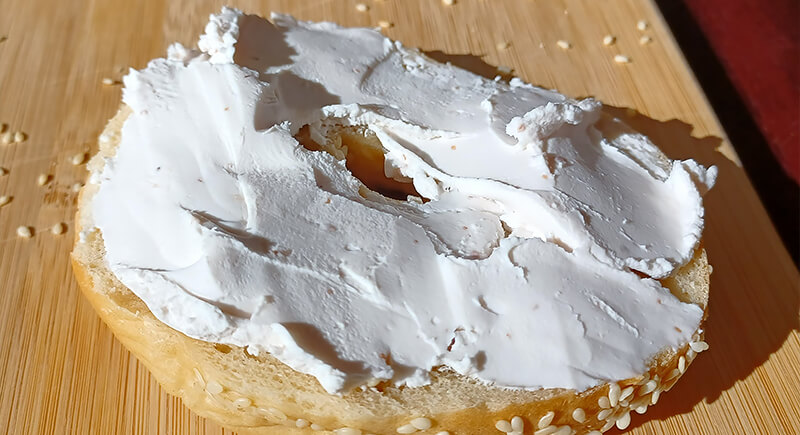
Credit: Wikimedia Commons
Flavored cream cheeses, such as strawberry or honey walnut, often contain artificial sweeteners or syrups. Some brands use aspartame, which can cause digestive discomfort in sensitive individuals. Cream cheese already has a high fat content, and the added sugars or sugar substitutes don’t do it any favors.
Double Gloucester (UK)
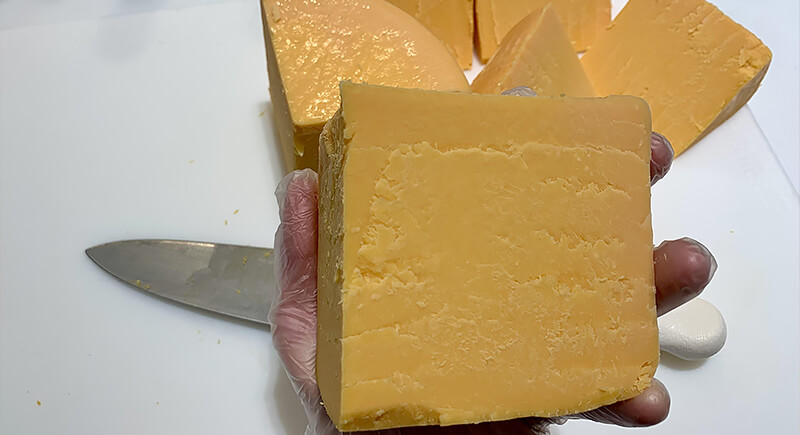
Credit: Wikimedia Commons
This dense, buttery cheese isn’t just heavy in taste, it’s loaded with calories. At over 400 calories and 21 grams of saturated fat per 100 grams, it’s one of the more indulgent options in British dairies. Its salt content is also among the highest in hard cheeses.
Camembert (France)
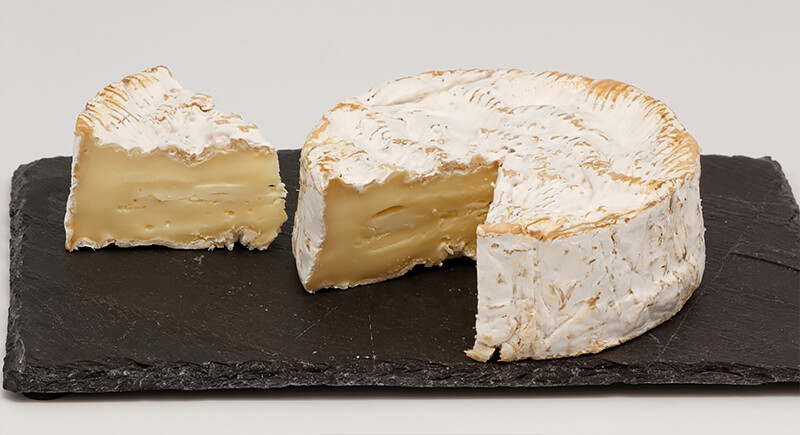
Credit: Wikipedia
Soft, creamy, and dangerously moreish, Camembert contains approximately 23 percent fat—14 percent of which is saturated—and 1.5 grams of salt per 100 grams. Fried Camembert sticks only make matters worse. Enjoy sparingly, ideally shared with friends and veggies rather than bread and jam.
Low-Fat Cheese Substitutes
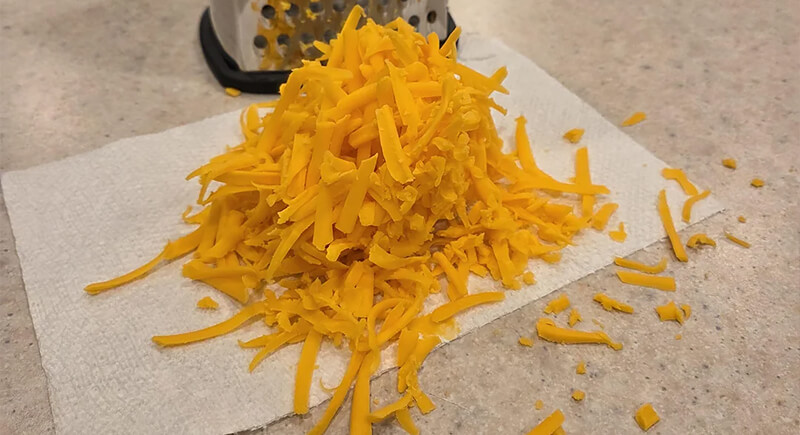
Credit: Reddit
Low-fat cheeses are marketed as healthy alternatives, but often compensate with extra thickeners or preservatives. Kraft’s reduced-fat sharp cheddar contains additives such as modified food starch and natamycin. These “light” versions may taste flat and lack the natural nutrients found in full-fat cheese.
Cheese With Fruit Add-Ins
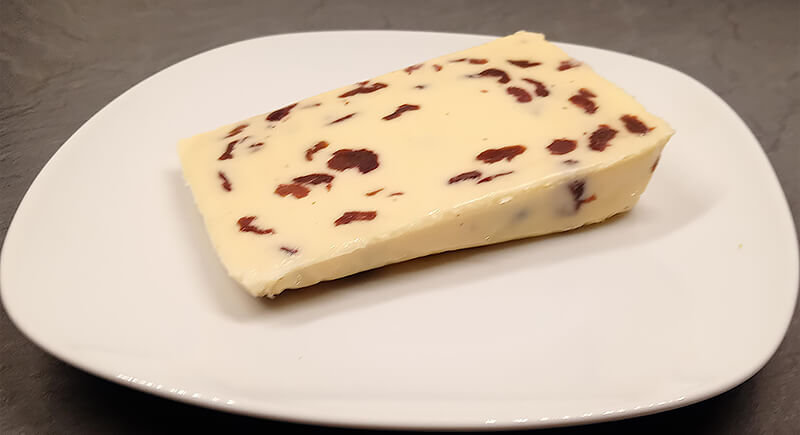
Credit: Reddit
Wensleydale with cranberries is one of many fruit-infused cheeses that sound healthy but often contain unexpected sugar. One UK brand contains over 15 grams of sugar per 100 grams. That’s dessert-level territory for a cheese. Pairing fresh fruit with cheese is a smarter route.
Cheddar (UK / USA)

Credit: Getty Images
Cheddar’s comfort factor hides its nutritional punch: 33 grams of fat and 190 milligrams of sodium per 28-gram slice. Some brands add annatto coloring, which may trigger mild reactions in sensitive individuals. It’s fine in moderation, but not on a daily basis.
Cheese Fondue (Mixed Origin — Switzerland)
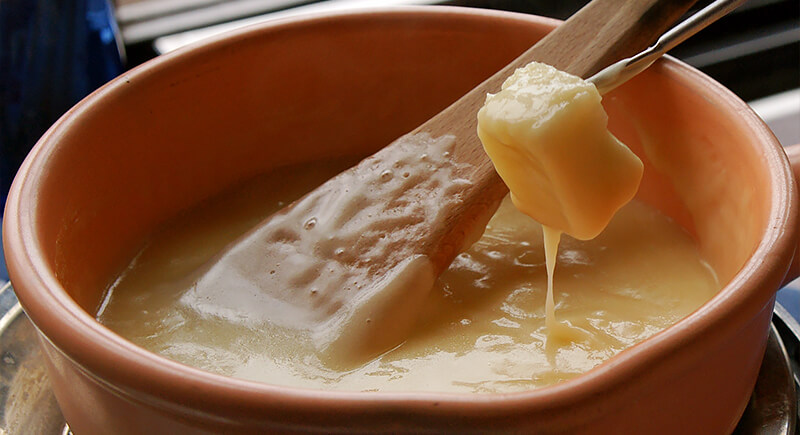
Credit: Wikimedia Commons
Fondue may look cozy, but it’s a hidden hazard when hygiene standards slip. The shared pot tradition can spread Listeria, E. coli, and Salmonella if the cheese isn’t kept hot enough. Double-dipping or letting the pot cool turns a warm meal into a bacterial experiment.